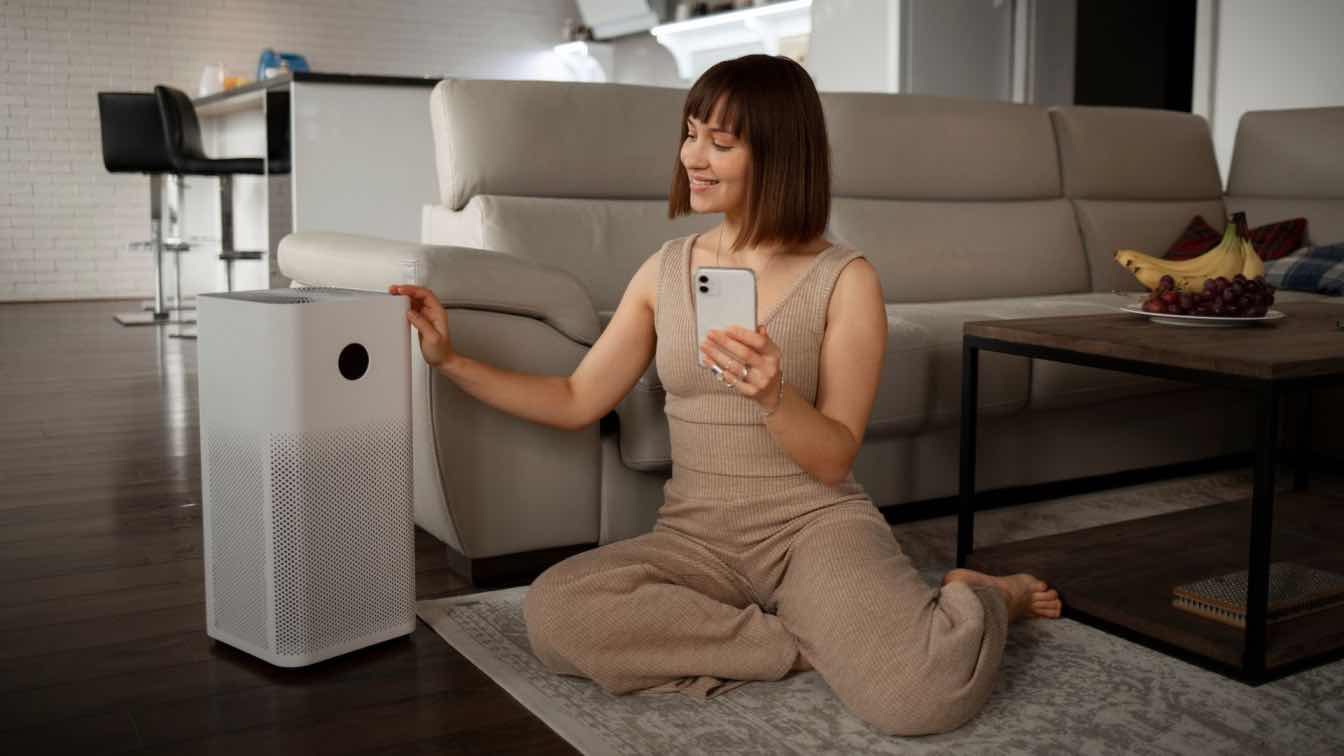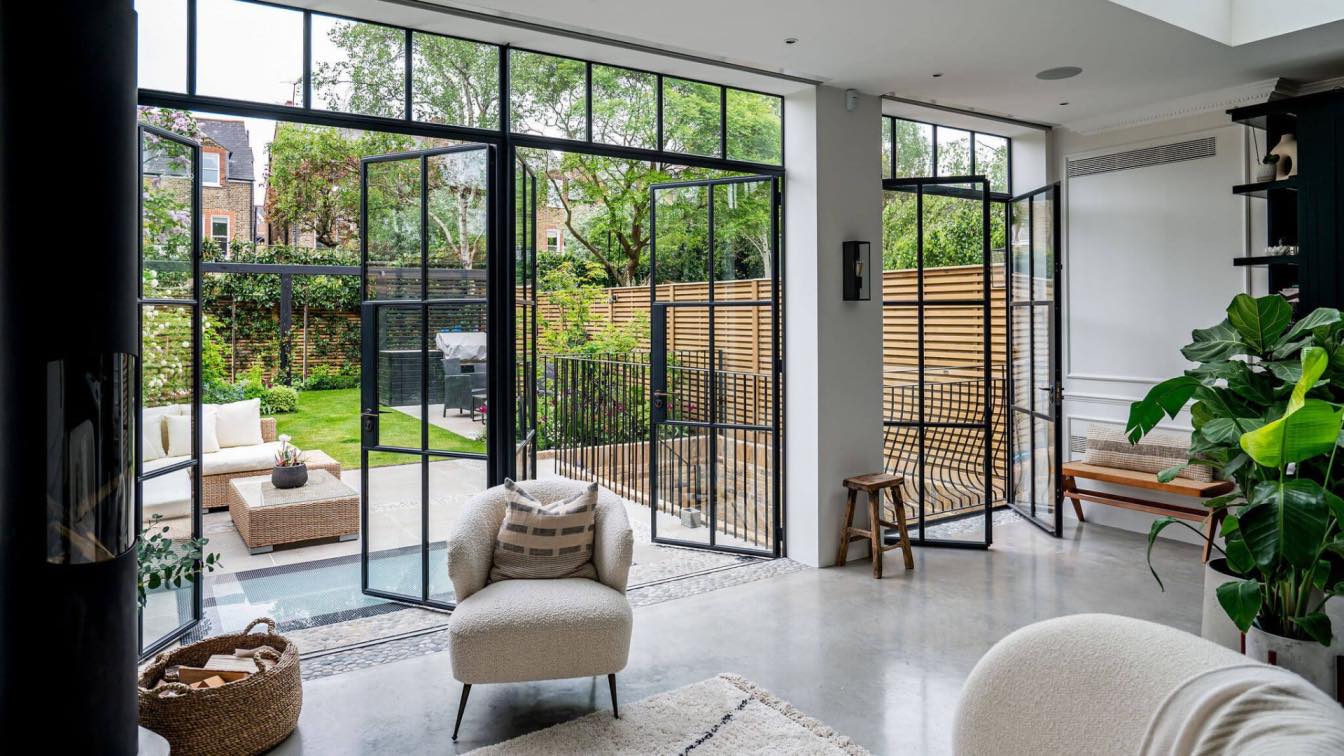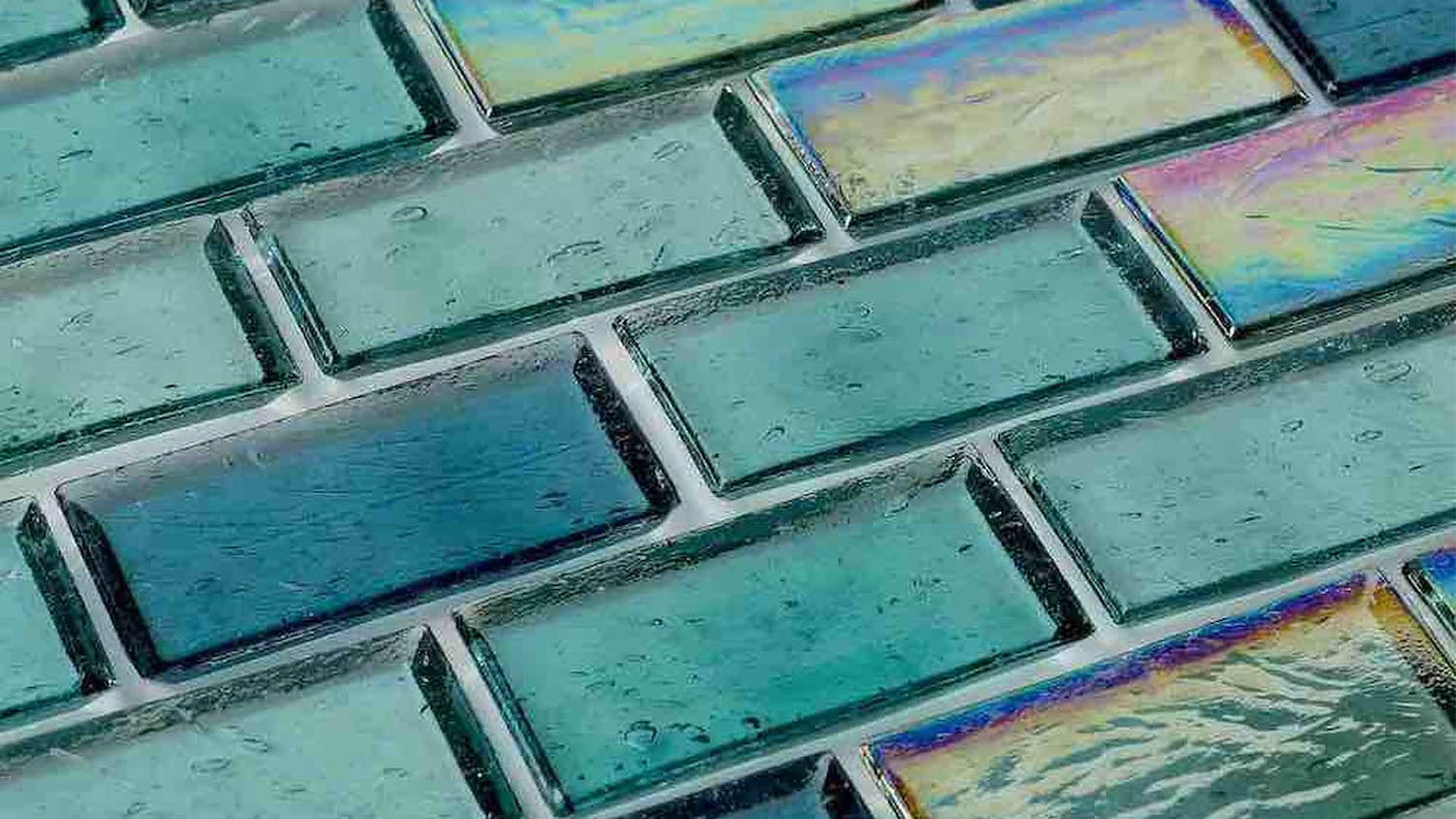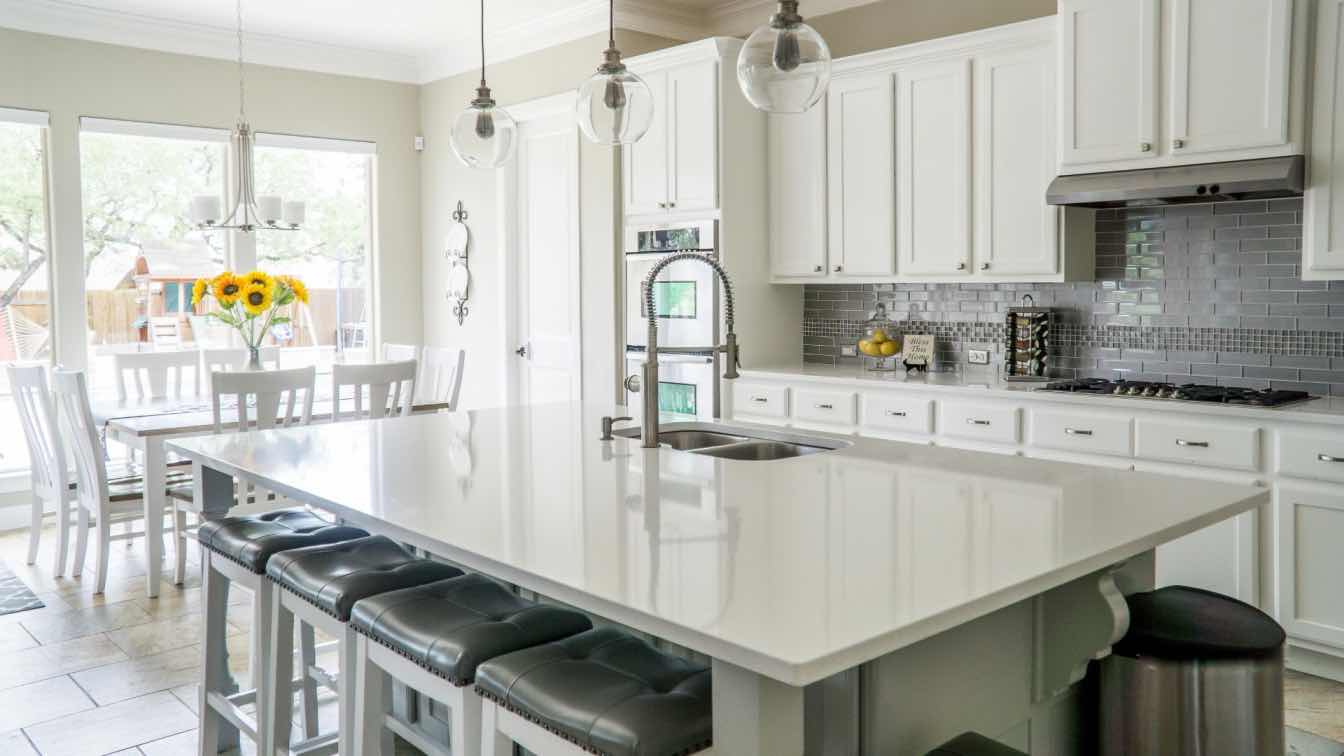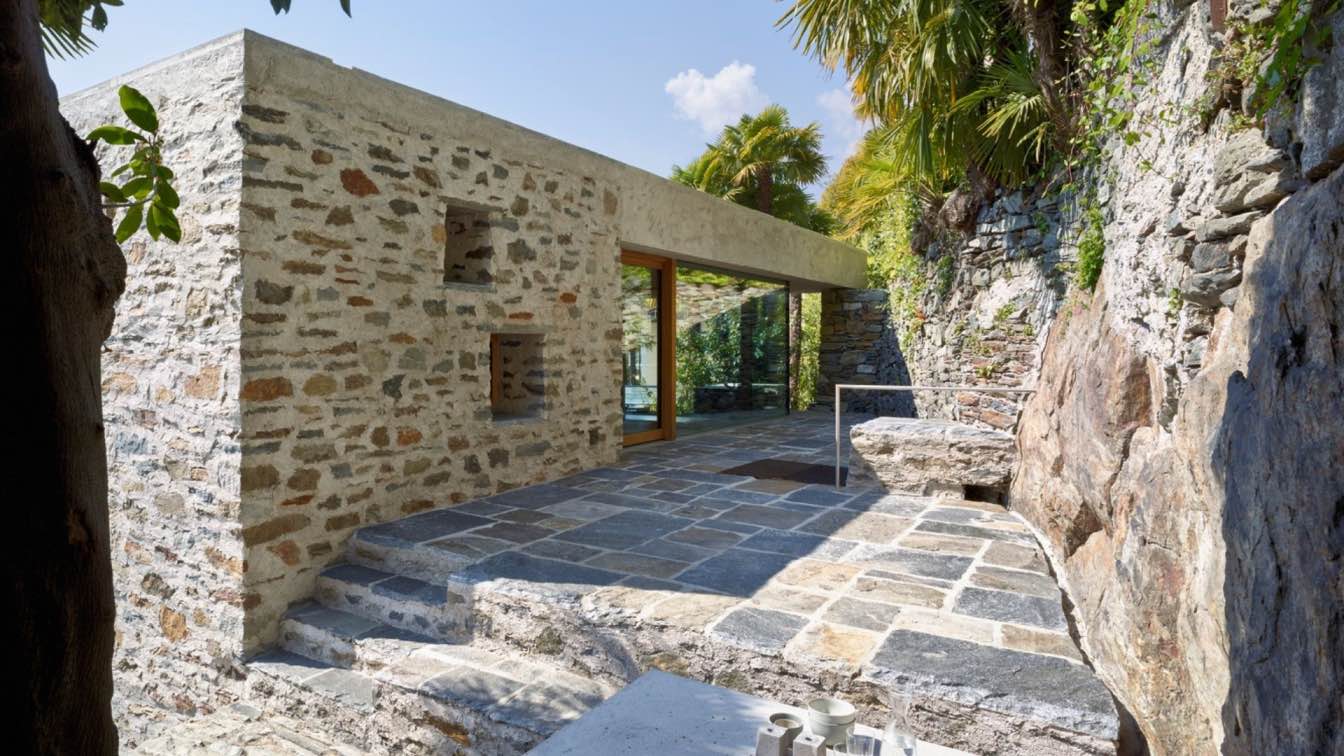Smart homes are hot, and we’re not just talking about heated floors. In 2025, homeowners expect more than just connectivity; they want climate control that’s clever, energy-efficient, and seamlessly built into the architecture. As sustainable design gains popularity, smart heating is shifting from basic comfort to intelligent living.
That’s where ProLux Materials fits in, offering systems that deliver warmth with precision, automation, and architectural flair. Instead of clunky radiators or wasteful ductwork, today’s homes deserve radiant solutions that sync with the way people live (and think).
And let’s be honest: when your home can answer the door, water your plants, and dim the lights on command… shouldn’t it also know how to warm the kitchen before your first coffee?
➡️ Related: Smart Home
Programmable vs Intelligent: What’s the Real Difference?
Not all “smart” heating systems are created equal. A traditional programmable thermostat might let you schedule heat at 7 AM and drop it at night. But the best smart home heating system goes much further, learning your habits, adjusting to room use, and even tracking weather patterns to optimize performance.
Smart home heating control today means real-time adaptation. Think zoning that lets each room heat independently, remote access via phone or tablet, and occupancy sensors that know when you’ve left for the office. Some systems even employ adaptive learning, remembering your routine and adjusting accordingly.
The difference? A programmable system responds when you tell it to. An intelligent one doesn’t need asking.
➡️ Learn more about Home Automation
Best Smart Home Heating Devices for Architects
If you're specifying heating systems in 2025, the gear needs to be as elegant as the space it occupies. Today’s best smart home heating devices combine sleek design with powerful functionality, and they’re built with architects in mind.
Popular hardware includes flush-mounted wall thermostats, low-profile underfloor heating kits, and wireless smart valves, all of which disappear seamlessly into high-end interiors. ProLux’s minimalist product designs make it easy to integrate radiant systems into open-plan living areas, timber floors, polished concrete, or even floating stairwells (if you’re feeling bold).
The result? Systems that keep the aesthetic clean while delivering precision comfort.
➡️ Explore Minimalist Houses
Efficiency & Sustainability by Design
Energy efficiency isn’t just a selling point, it’s a design principle. And smart heating systems are leading the charge. By combining zone heating, occupancy sensing, and usage tracking, these systems cut waste while keeping comfort levels high.
Learn-as-you-go controls allow systems to fine-tune themselves over time. For homeowners, that means better performance and lower bills. For architects, it means hitting sustainability targets without compromising form or function.
To get the full benefit, though, timing is everything. That’s why architects and designers are specifying ProLux Materials early in the design process, ensuring systems are perfectly integrated, not awkwardly added later.
Because heating that saves money, reduces emissions and looks good doing it? That’s brilliant by design.
➡️ See more in Sustainable Architecture
The Future-Proof Smart Home
Let’s be honest, if a system doesn’t work with voice assistants or comes with an app, your client’s going to ask why it’s from the Stone Age.
Today’s smart home heating devices aren’t just about comfort; they’re about control. Whether it’s checking the room-by-room energy usage on your smartphone, adjusting zones remotely while stuck in traffic, or simply asking Alexa to “turn up the heat in the study,” homeowners expect more. And frankly, so should you.
That’s why the best smart home heating options are the ones that integrate with broader home ecosystems, lighting, security, ventilation, and even shading. For architects, future-proofing means making room (literally) for this tech from the ground up.
Because if the house is going to think for itself, it needs a brain that runs more than just lights and locks.
Case Example & Quick Spec Tips
Picture this: a concrete-and-glass urban loft in Cape Town. Open plan. Exposed finishes. High ceilings. You want warmth without disrupting the design language.
In comes radiant underfloor heating from ProLux, zoned smartly so the living area, kitchen, and bedroom each respond to different routines and sunlight exposure. The wall-mounted smart thermostats blend in with the decor while the app does all the heavy lifting behind the scenes.
Quick Spec Tips for Architects:
1. Place temperature sensors away from direct sunlight and vents.
2. Plan wiring early, especially if integrating with lighting or automation hubs.
3. Always confirm floor finish compatibility with radiant systems (yes, even that hand-polished microcement).
4. For passive homes, combine smart heating with occupancy sensors for peak efficiency.
Frequently Asked Questions (FAQ)
What is the best smart home heating system?
The best system combines radiant heating with intelligent controls, zoned automation, and app/voice access, like those offered by ProLux Materials, making it both efficient and invisible to the eye.
How does smart heating save money?
Smart systems reduce waste by heating only occupied areas and learning user habits, cutting unnecessary energy use. Add zone control, and you’re not paying to warm unused rooms.
Can I retrofit smart heating in old homes?
Yes, many smart heating devices are retrofit-friendly. Low-profile underfloor kits and wireless thermostats make installation feasible even in older structures, just plan ahead for power and layout.
Do smart heating devices work with voice assistants?
Absolutely. Most modern systems integrate with Google Assistant, Amazon Alexa, and Apple HomeKit, giving homeowners hands-free climate control.
Conclusion: Heat That Works Smarter
Smart heating isn’t just a gadget; it’s a game-changer. It blends comfort, savings, sustainability, and design integration into one sleek, silent package. For today’s architects, heating must be more than functional. It should be flexible, future-proof, and fabulous.
So, next time you’re designing the home of tomorrow, don’t settle for yesterday’s tech.
If your walls are smart, your heat should be genius.

